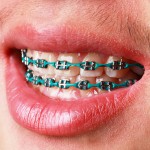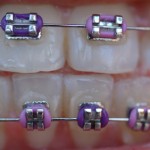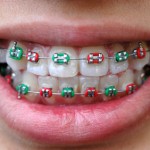
This review of the clinical and radiographic findings of orthodontic force application on the dental pulp included 26 studies. While increase in pulpal sensibility clinical response, an immediate decrease in pulpal blood flow, changes in pulp cavity volume, and an increase in the incidence of pulp stone formation the studies were mostly small and of low quality so the certainty of the available evidence is graded as very low.
[read the full story...]
